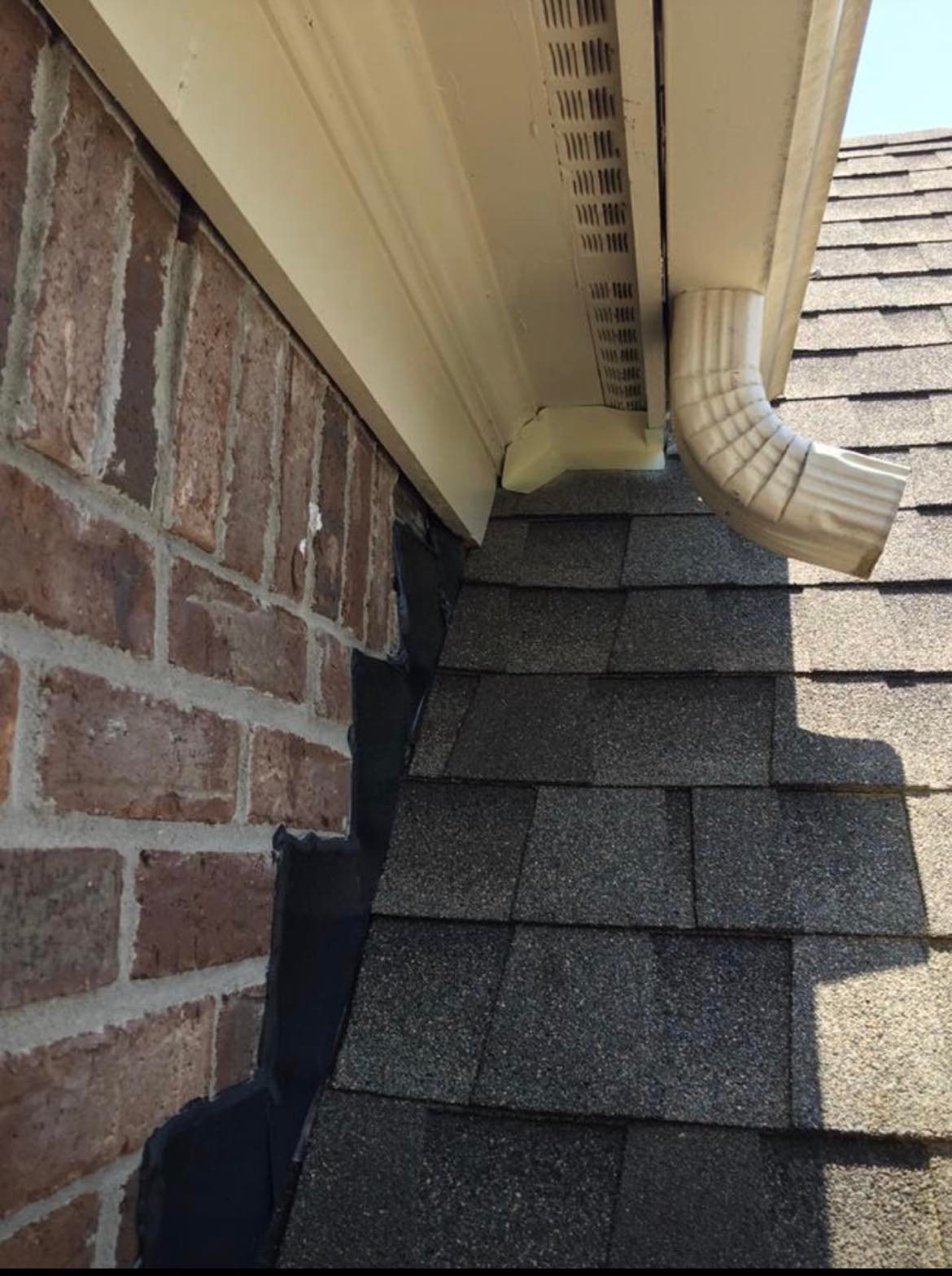
When protecting your home from rodents, one of the most commonly missed entry points is the construction gap behind the gutter line. Many homeowners and contractors wrongly assume that a drip edge or aluminum flashing will keep rodents out.
But here’s the truth: those basic fixes don’t work. In fact, they often invite more problems than they solve.
Why Contractors Get It Wrong: The Gutter Line Gap Problem
General contractors and roofers typically install aluminum drip edges or thin flashing to seal this gap. While these solutions might look neat, they don’t stop determined rodents.
Here’s why:
- Aluminum is too weak. Rats and squirrels can easily chew through it once they get a grip.
- Drip edges often leave a lip. This gives rodents the perfect “bite point” to start chewing.
- Shingles can be lifted. If there’s a hidden gap underneath, rodents can slip in, especially when airflow leads them right to the weak spot.
We’ve seen it again and again: contractors apply cosmetic solutions that look like they work but offer no real protection. Rodents come back, damage continues, and costs rise.
Our Proven Solution: Wildlife-Grade Roofline Sealing
At Elite Wildlife Solutions, we don’t rely on flimsy drip edges. We use industry-leading exclusion methods backed by real materials, real experience, and real warranties.
Here’s how we seal rooflines the right way:
Heavy-Duty, Powder-Coated Steel
We install custom-bent steel barriers that:
- Resist rodent chewing
- Fit precisely behind gutter lines
- Are color-matched to your trim for a clean finish
Unlike contractor-grade materials, our steel is purpose-built for rodent exclusion, not just weather deflection.
Reinforced Corners and Fascia Attachment
- Corners where gutters meet are reinforced with custom-fabricated plates to eliminate weak points.
- All materials are securely attached to the fascia board, eliminating air leaks that can attract rodents.
- Without proper anchoring, even the best-looking fix can turn into a “dog door” entry point for wildlife.
Why Wildlife-Proofing Matters More Than Roofing Fixes
Let’s be honest: roofers aren’t wildlife experts. Hiring them to solve a rodent issue is like hiring a plumber to fix your wiring.
What usually happens:
- Cheap materials (caulk, foam, aluminum)
- Missed entry points
- No long-term warranty
- No understanding of rodent behavior or contamination risk
A certified wildlife exclusion company not only knows where these hidden gaps exist — we specialize in sealing them for good.
Cutting corners here can lead to 2–5x more in future damage, attic contamination, and even insulation replacement.
What Smart Homeowners Should Do
Before you sign off on a rodent sealing job, make sure the company checks these boxes:
- Ask what materials they use. Only accept heavy-gauge, powder-coated steel.
- Request photos of sealed areas, especially where the gutter line is hard to see.
- Demand a real warranty. Not just on removal, but on the exclusion work itself.
Rodent re-entry isn’t just a nuisance — it’s a health hazard. Droppings, urine, and nesting debris can lead to respiratory issues, foul odors, and fire risks from chewed wiring.
Choose Long-Term Protection — Not a Short-Term Patch
At Elite Wildlife Solutions, we do the job right the first time. That means:
- Zero foam.
- No caulk patching.
- No aluminum flashing.
- Just proven rodent-proof materials installed by trained exclusion experts.
Ready to protect your home where it counts?
Contact us for a free inspection and see how proper wildlife-proofing behind your gutter line can save you thousands.
FAQs About Gutter Line Rodent Entry
Q: Is aluminum flashing enough to keep rodents out?
No — rodents can chew through aluminum easily. It’s not meant for wildlife exclusion.
Q: What’s the right way to seal behind gutters?
Use thick, powder-coated steel that’s custom-fit, reinforced at corners, and anchored into the fascia board.
Q: Why do rodents target gutter lines?
Gutter lines often hide construction gaps and have airflow that attracts rodents. Without proper sealing, they become entry highways into your attic.
